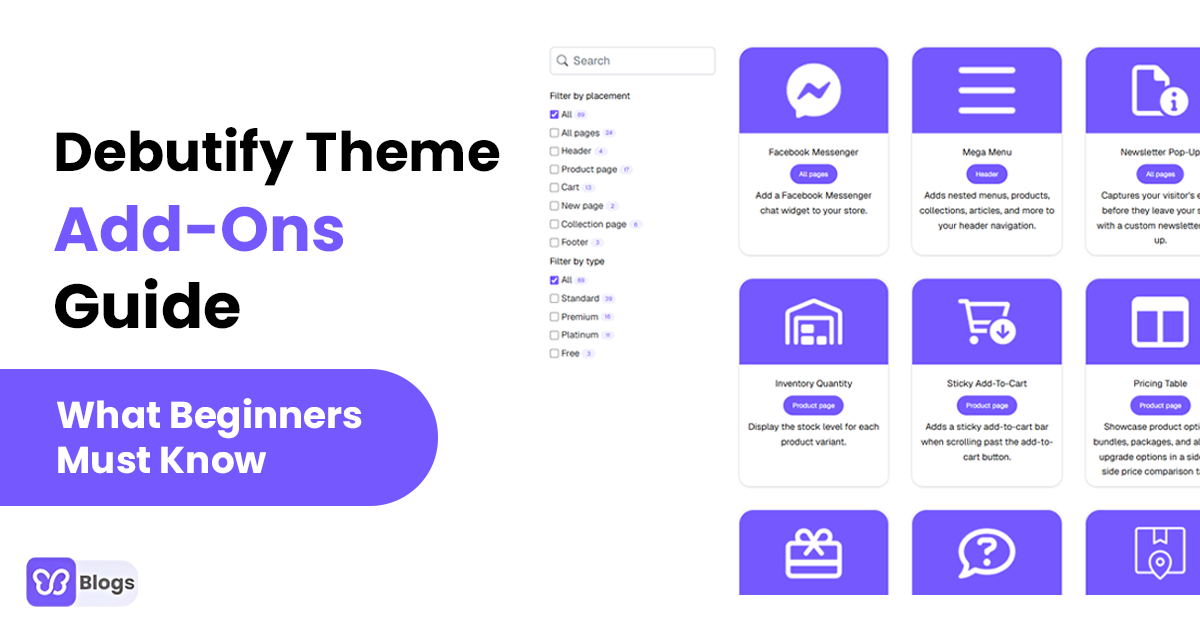Product‑market fit is the single line that separates hobby stores from seven‑figure brands. Yet most dropshippers chase the next viral widget instead of proving real demand. In the next few minutes you will see why that habit buries 95% of newcomers—and how you can claim product‑market fit before you pour another dollar into ads.
Start a free trial and enjoy 3 months of Shopify for $1/month on select plans.








